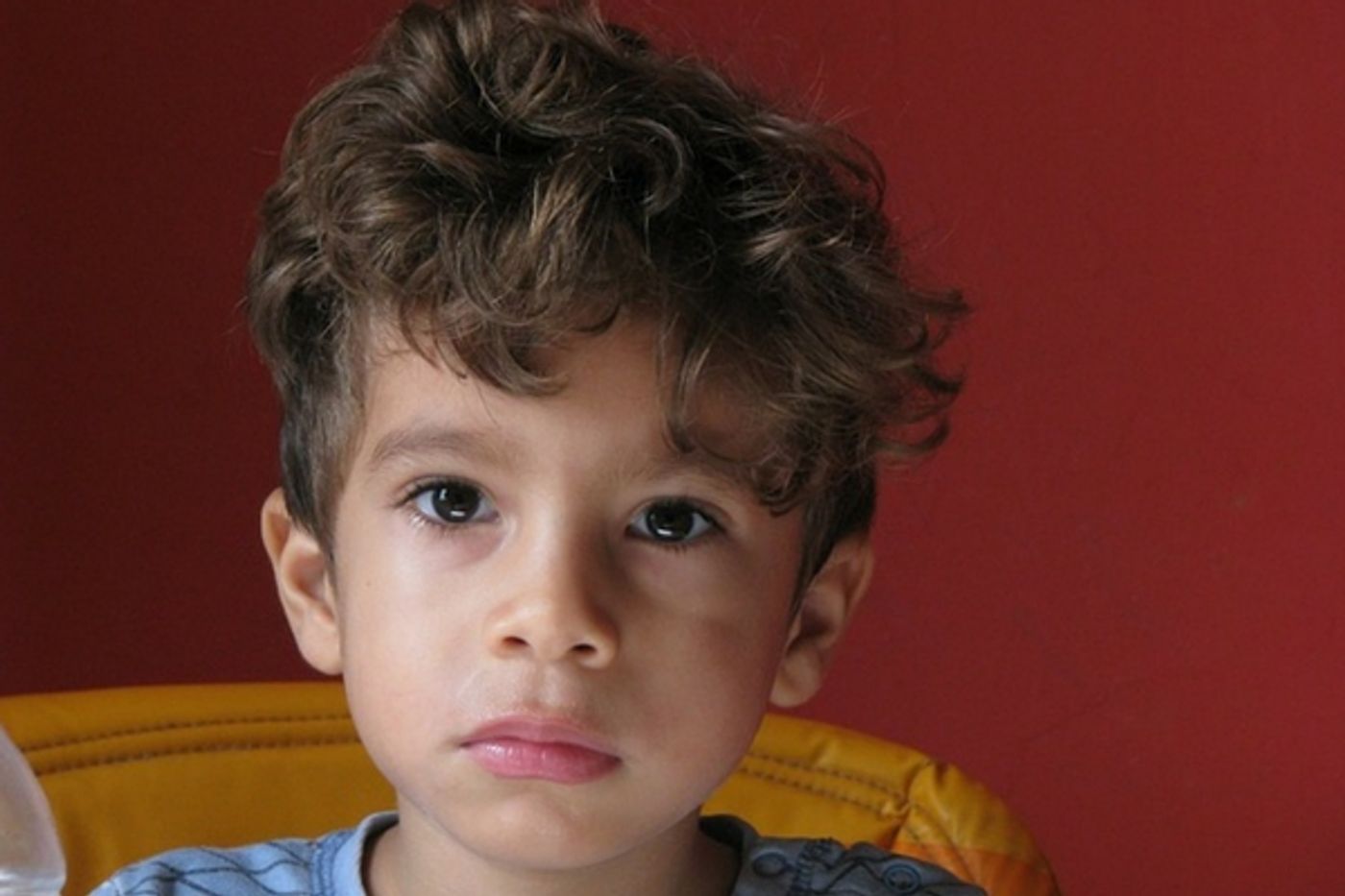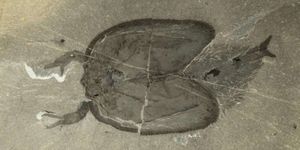Is A Drug From Last Century The New Autism Hope?
There is no known cure or treatment for autism, but that doesn’t stop researchers from looking for any possible options to treat the disorder that is now estimated to affect 1 in 68 children. A small, randomized Phase I/II clinical trial (SAT1 at the University of California San Diego School of Medicine suggests that a drug that’s been around for over a century and was originally developed to treat African Sleeping Sickness, could be a possible treatment for patients on the autism spectrum.
The goal of this very small research study was to investigate the cell danger hypothesis as a possible unifying theory that contributes to the cause and origins of autism spectrum disorders. The study, published in the journal Annals of Clinical and Translational Neurology, looked at the drug Suramin, which was developed over 100 years ago to treat African sleeping sickness. In the study at the UC San Diego School of Medicine, study participants were given a single IV dose of the drug suramin.
In five boys with autism who took part in the study, measurable, but temporary improvement was shown. The “cell danger response theory,” suggests that autism has its roots in metabolic function and is therefore treatable with drugs that affect metabolism. The research study was a double-blind, placebo-controlled safety study involving 10 boys, ages 5 to 14 years, all diagnosed with ASD. Five of the 10 boys received a single, intravenous infusion of suramin,. The other five boys in the control group were dosed with a placebo. The trial in these boys was a follow up to earlier testing on a mouse model.
All five boys who received the suramin infusion displayed improvements in language and social behavior and showed a reduction in repetitive “stimming” behaviors. This improvement was based on baseline questionnaires and assessments filled out by parents of the study participants before the drug was administered and then evaluation with the Autism Diagnostic Observation Schedule, 2nd edition (ADOS-2), the Expressive One Word Picture Vocabulary Testing (EOWPWT), the Aberrant Behavior Checklist (ABC), the Autism Treatment Evaluation Checklist (ATEC), the Repetitive Behavior Questionnaire (RBQ) and the Clinical Global Impression (CGI). These are all standard and respected assessment tools for evaluating ASD symptoms in children.
Parents of the children also reported better eye contact and improvement in speech, even though they were not aware of whether or not their child had received suramin or the placebo. Study first author Robert K. Naviaux, MD, PhD, professor of medicine, pediatrics and pathology at UC San Diego School of Medicine believes that autism, as well as other disorders are related to metabolic dysfunction or impaired communication between cells in the brain, gut and immune system. The “cell danger response” is a reaction that occurs when cells harden their membranes in an effort to protect themselves against stress or injury. Naviaux explained, “This prevents completion of the natural healing cycle and can permanently alter the way the cell responds to the world. When this happens, cells behave as if they are still injured or in imminent danger, even though the original cause of the injury or threat has passed. At the molecular level, cellular homeostasis or equilibrium is altered, creating an abnormal cellular response that leads to chronic disease. When this happens during early child development, it causes autism and many other chronic childhood disorders.” The drug suramin is thought to work by inhibiting this response.
While the study at UC San Diego was small, two of the non-verbal children in the study who received suramin spoke for the first time in their lives. When used for African sleeping sickness, suramin can result in severe side effects, but in the ASD study, the dose was low and did not result in anything more than a passing rash. While the results were encouraging, the effect of the drug was temporary. Larger trials are needed to further evaluate the drug and its possible benefits for children on the autism spectrum. The video below has more information, take a look.
Sources: UC San Diego School of Medicine, San Diego Union Tribune, Naviaux Lab, Annals of Clinical and Translational Neurology









